
The Philippines sets a lighthouse example for getting airports disaster-ready

The Southernmost region of the Philippines, Mindanao, is a high-risk location prone to natural hazard-related disasters. Home to over 20 volcanoes, with four active ones in Cagayan Valley alone, the area is also prone to typhoons and earthquakes, with the most recent tropical storm Khanun causing heavy rain flooding and landslides in the mountainous areas of Mindanao.
Located along the north-central coast of Mindanao Island in Cagayan de Oro, the regional center and business hub of Northern Mindanao, Laguindingan Airport serves the cities of Cagayan de Oro, Iligan, and Marawi, as well as the provinces of Misamis Oriental, Bukidnon, and Lanao del Norte. As such, it is well-positioned to be a hub for humanitarian aid for the neighboring region, where resources can be consolidated and distributed, and a critical lifeline for neighboring countries in the event of a disaster.
To ensure that Laguindingan Airport is equipped to be a humanitarian logistics hub in times of emergencies, the Civil Aviation Authority of the Philippines (CAAP) has launched the Get Airports Ready for Disaster (GARD) Program in coordination with the United Nations Development Programme (UNDP), DHL Group, and Philippine Disaster Resilience Foundation (PDRF), which represents the Philippines’ private businesses.
“We are committed to ensuring that our airports are prepared to respond to their role as logistical hubs in the event of a disaster, and to strengthening our airport’s resilience against any calamity through the implementation of GARD, our global public-private partnership,” said CAAP spokesperson, Eric Apolonio.
Across runways and operations, the airport is gearing up for an extensive upgrade to equip itself with the standard protocols for disaster response.
GARD efforts taking flight in the Philippines
“In catastrophic events, airports play a significant role as a logistics hub for critical life-saving supplies, materials, and search and rescue personnel. With the GARD program, we aim to assess the readiness of airports for such events,” said Carl Schelfhaut, Vice President, DHL Group, who leads DHL’s GoHelp disaster management program in Asia Pacific.
Initially introduced to the Philippines in 2013 at Ninoy Aquino International Airport (NAIA) in Pasay City, the GARD program held its second and third workshops at Mactan-Cebu International Airport (MCIA) in 2014, and at Clark International Airport (CRK) in 2022.
As the Philippines prepares to take further measures to safeguard its airports, Laguindingan Airport is the fourth airport in the Philippines, and the first airport under the Civil Aviation Authority of the Philippines to engage in GARD.
Commemorating 15 years of GARD
Commemorating 15 years of GARD
A partnership between DHL Group and the United Nations Development Programme, the GARD program is a global public-private partnership aimed at supporting airports in stepping up as logistical hubs for humanitarian response in the event of disasters such as floods, earthquakes, and landslides, as well as integrating the airport into the country’s emergency plans. It falls under DHL Group’s GoHelp program, through which the group assists global relief efforts with skilled and efficient disaster management through its airport logistics expertise, global network, and employees who volunteer their time and logistics expertise in the event of a disaster.
This year, DHL Group commemorates 15 years of GARD in helping airports build preparedness capacities. First established in 2009, GARD has supported over 60 airports in 29 countries. Catering to the growing demand for airport preparedness and response capacity of transportation hubs in the event of disasters, the program includes training personnel in handling the influx of goods and people during calamities, assisting authorities in relief operations, and assessing the current state of the airports concerned.
Getting airports disaster-ready
Most airports have well-established safety and security protocols for emergencies such as airplane crashes or fire hazards. However, few airports worldwide are trained to manage a humanitarian response at an airport or how to proactively assess its vulnerability to disasters and how to mitigate these risks.
In the face of disasters, airports can face up to three times more cargo and passenger influx than they face under normal circumstances. Bottlenecks occur often at local airports, which quickly become overwhelmed with the large volume of incoming relief supplies. This can delay or stop the onward transport of life-saving relief goods.
As Schelfhaut puts it: “The problem we need to solve here is that some airports during a disaster, see a multiplication of their average weekly volume, including cargo volume, coming in. So how do we handle that, infrastructurally, structurally and with the equipment and manpower at hand?”
Hence, the GARD program aims to identify and anticipate the potential problem areas in case of disasters, which could not only hinder airport operations but also potentially prevent the airport from functioning as a relief hub for disaster response.
From the 25th to the 27th of July 2023, 20 CAAP, PDRF, and UNDP members participated in the GARD workshop at Laguindingan Airport. Participants included the PDRF director; the Philippine Air Force and airport police, as well as other departments in the airport who spent the next three days learning the methodologies of GARD, from finding solutions to bottlenecks in airport logistics during disasters to airport assessment and report writing.
A crucial part of the workshop included a walkabout, where participants explored various areas of the airport to make observations and suggestions on areas of improvement to ensure that Laguindingan Airport would be prepared in case of a disaster.
A tour of the airport’s cargo storage revealed areas of improvement needed to strengthen Laguindingan Airport's capacities, such as the need for additional temperature-controlled facilities, quick setup for housing, temporary sheds, and helicopter landing spots.
Schelfhaut also advised the airports on how they could optimize spare land within the airport grounds, by filling up the area with asphalt, so that forklifts can go through the grounds during times of emergency. He suggested that the area could be rented out to airlines to fund the site's construction.
“The aim is always to find the most cost-effective measures that produce maximum impact,” said Schelfhaut. “Your chain is only as strong as your weakest link, and nothing works when you have a weak link in the system.”
With the insights gathered from the walkabout, the participants put together action plans that determined feasible measures to be integrated into Laguindingan Airport’s national disaster response planning.
“GARD showed participants the value of localizing the effort of improvement, actively taking on the roles and responsibility of building the capacities and capabilities of the airport. “We hope that the GARD workshop helps them understand how to build relationships with stakeholders who are involved in disaster response and the flow and distribution of humanitarian aid during disasters,” Apolonio said.
Collaboration across government and private sectors
But there is still work yet to be done. While the GARD workshop has taken steps to identify areas of improvement, for Laguindingan Airport to function efficiently as a hub-and-spoke for disaster response and humanitarian activities, the program needs greater support and the commitment of its supply chain managers.
This includes the cooperation of government agencies and localized efforts across the private sector to actively improve the capacities and capabilities of the airport.
Representing the private sectors in the Philippines via PDRF, an alliance of businesses focused on building the disaster resilience of businesses and communities, Veronica Gabaldon, Executive Director of PDRF emphasized the importance of airport disaster management in securing the growth of the Philippines’ economy.
“In the Philippines, 80 percent of the critical infrastructure projects, such as roads and bridges are privatized and delivered by the private sector,” explained Gabaldon. “So, when it comes to logistics and supply chain management, it is our commercial obligation to cooperate with the government in supporting the country by building critical infrastructure, a very integral foundation of disaster resilience in the Philippines,” she added.
Moving forward, advancements will be made to further Laguindingan Airport’s development. Recognizing the need to serve the airport’s increasing ridership, the Civil Aviation Authority of the Philippines (CAAP) announced in September that its passenger terminal building will be expanded to accommodate 70 percent more passengers by 2024.
With the completion of the expansion project, Laguindingan Airport will increase its pre-departure terminal capacity from 500 to 860 people. Work on the expansion commenced in December and is expected to be completed in June 2024.
“I hope that our various stakeholders across different sectors will realize the need to create a local multi-stakeholder committee that will be prepared and committed to meeting and regularly improving on the plans that we have for Laguindingan Airport,” said Apolonio. “As we establish our fourth GARD-trained airport, we aim for Laguindingan to be a responsive hub for disaster relief distribution during crises, and hopefully, the Philippines will be the lighthouse example for airport disaster readiness in the region.”
MORE FROM THIS COLLECTION
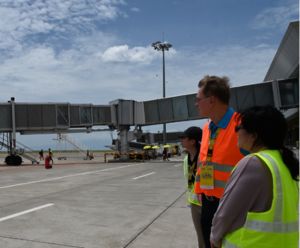



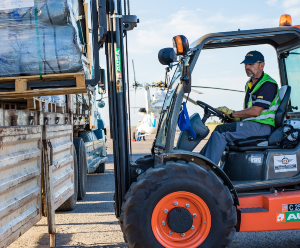



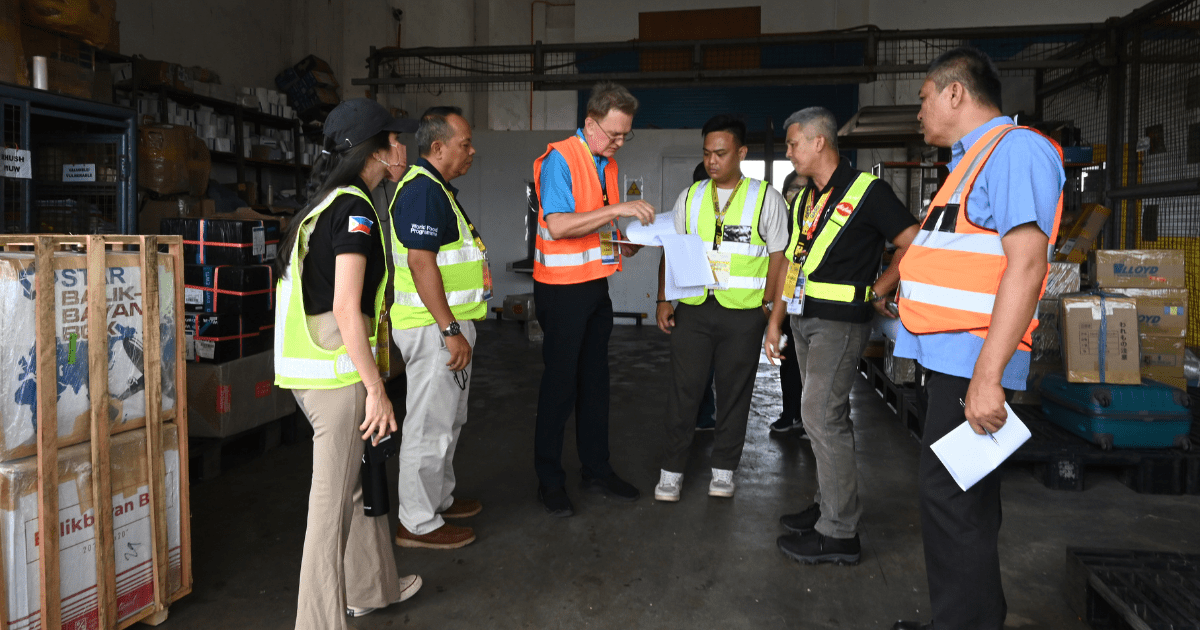
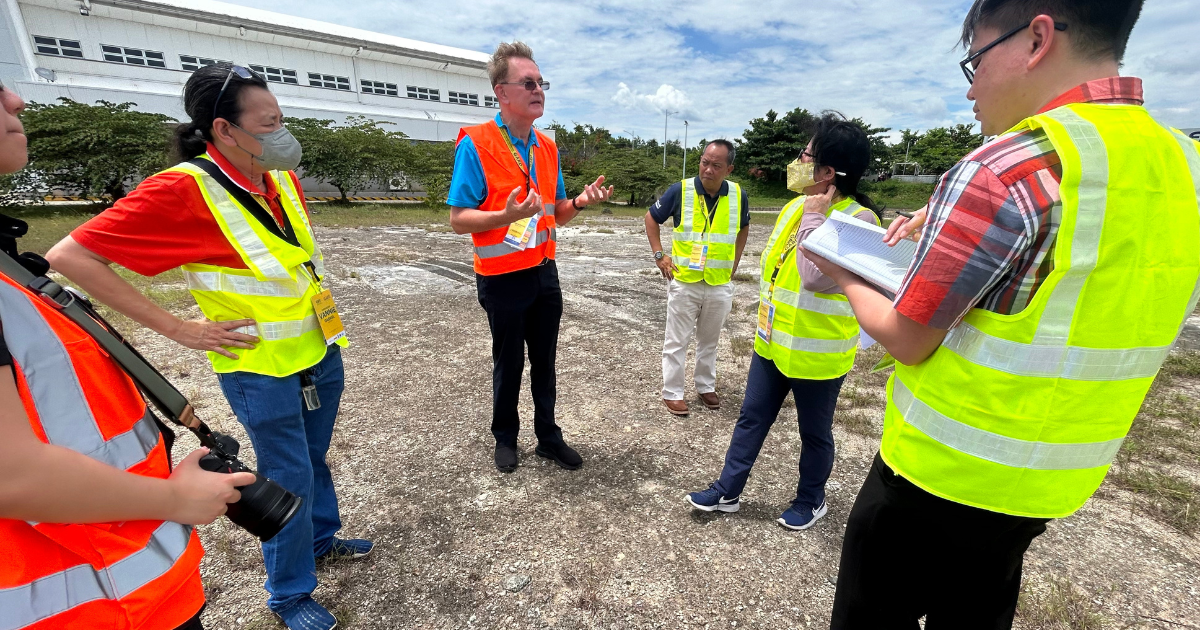
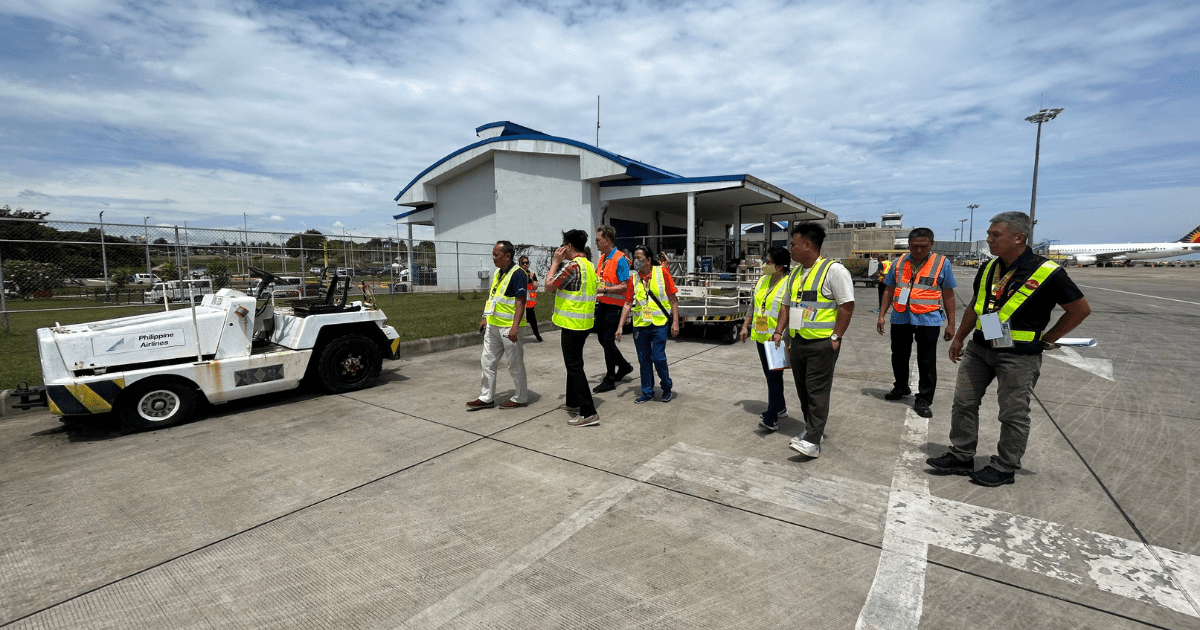




 English
English